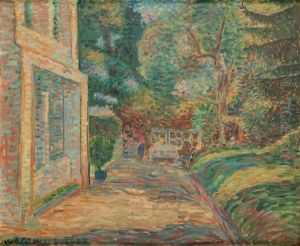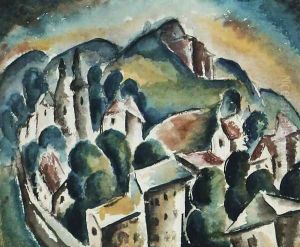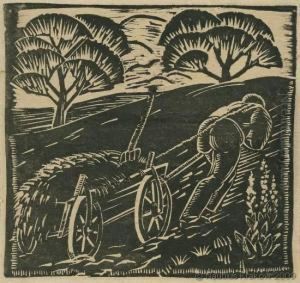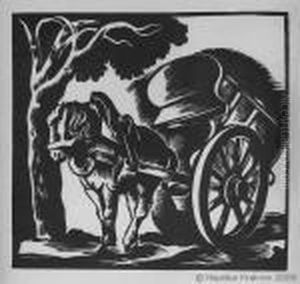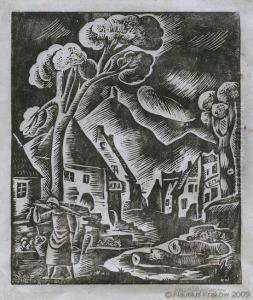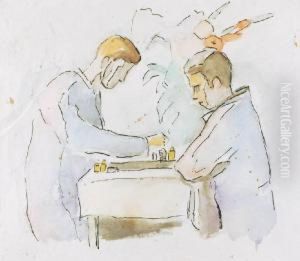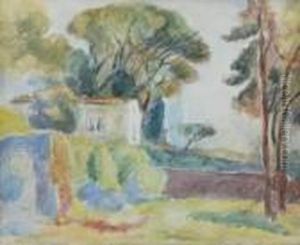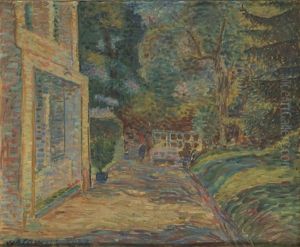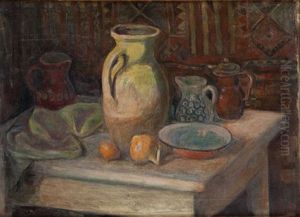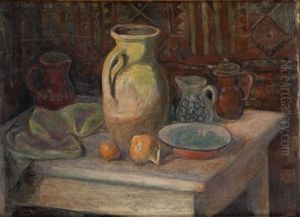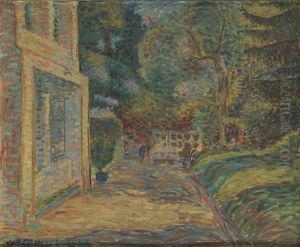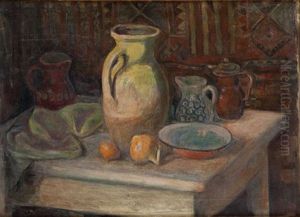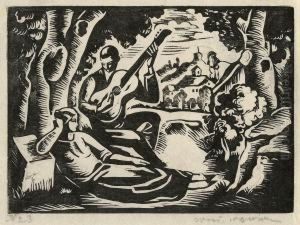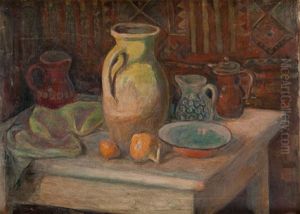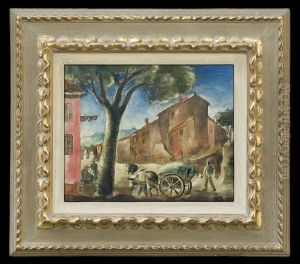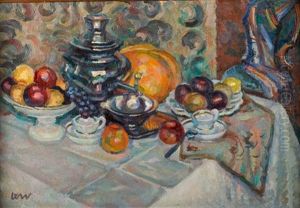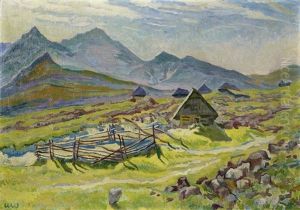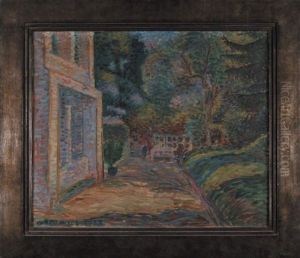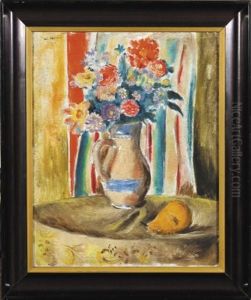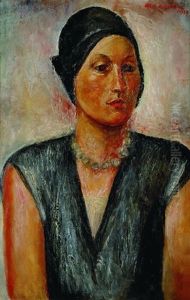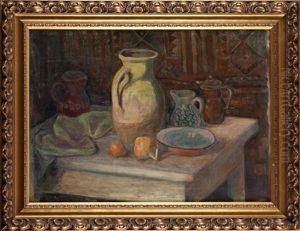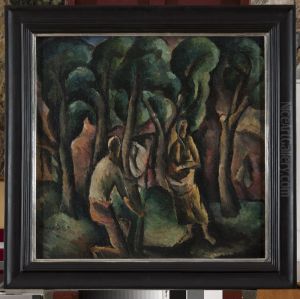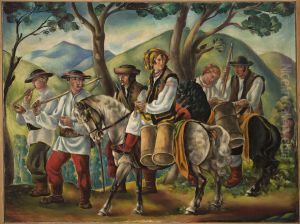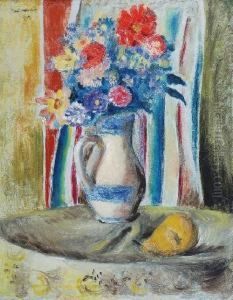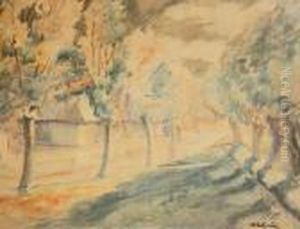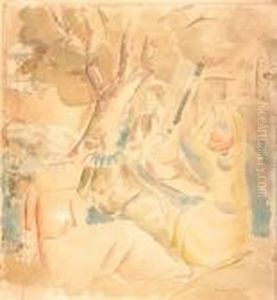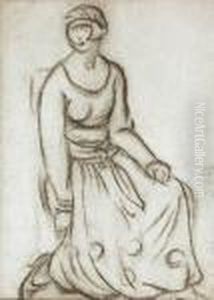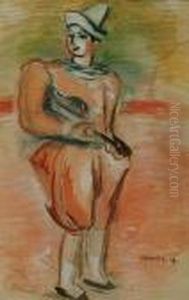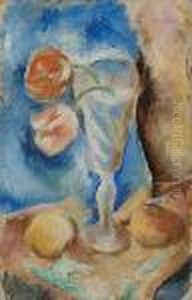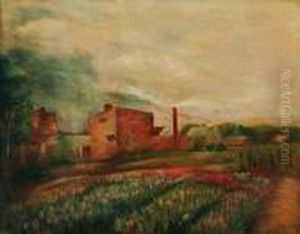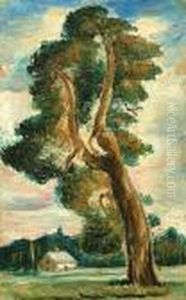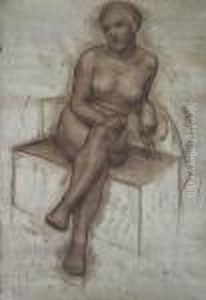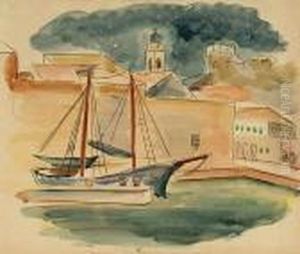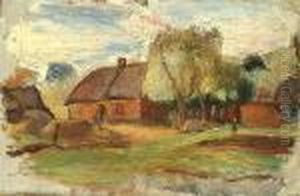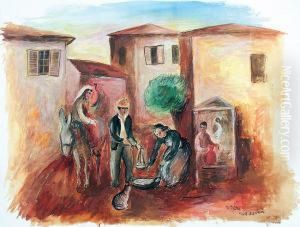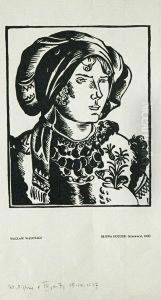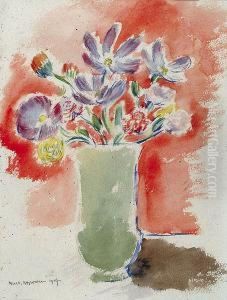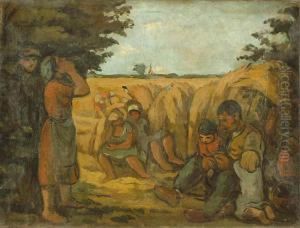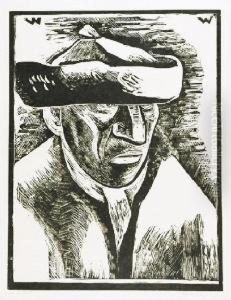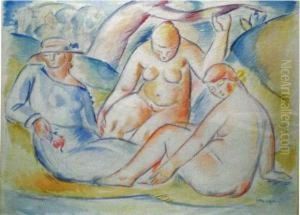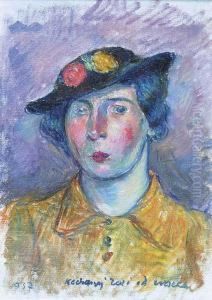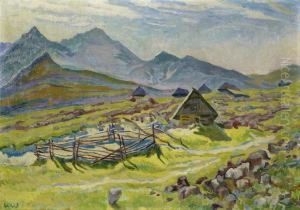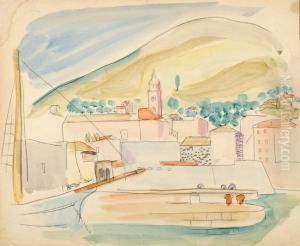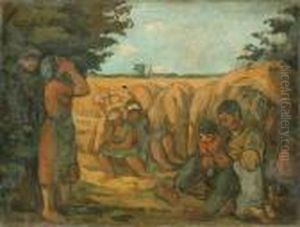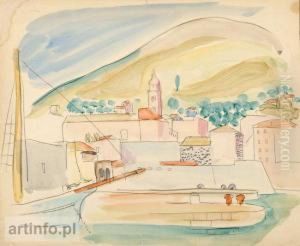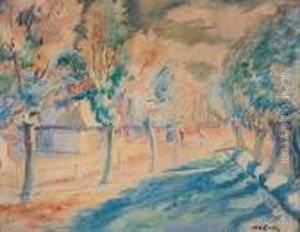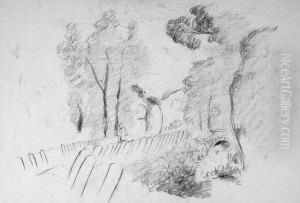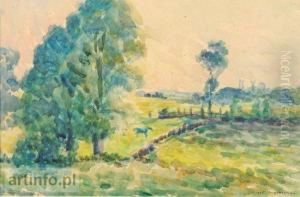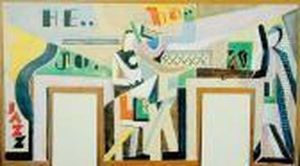Waclaw Wasowicz Paintings
Wacław Wąsowicz was a Polish painter and graphic artist, recognized for his contributions to the Polish art scene in the early 20th century. Born on December 26, 1891, in Warsaw, which was then part of the Russian Empire, Wąsowicz was active during a period of significant change in Poland’s history.
As a young man, Wąsowicz showed an early interest in art, which led him to study at the Warsaw School of Fine Arts under the tutelage of notable artists such as Konrad Krzyżanowski and Karol Tichy. His education was interrupted by World War I, during which he served in the Polish Legions. After the war, he continued his studies at the Kraków Academy of Fine Arts under Józef Mehoffer and Stanisław Dębicki.
Wąsowicz was a versatile artist, working in various mediums including oil painting, watercolor, and printmaking. His style evolved over the years, showing influences from the Young Poland movement, which emphasized national themes and romanticism, to elements of expressionism and post-impressionism. He was particularly known for his portraits and landscapes, which often captured the spirit of Polish culture and the beauty of its countryside.
During the interwar period, Wąsowicz became a prominent figure in the Polish art community. He was involved in numerous exhibitions and was a member of several art societies. His works were appreciated for their vibrant colors and dynamic compositions, which brought a modern sensibility to traditional Polish subjects.
Unfortunately, Wąsowicz’s life was cut short during World War II. He was arrested by the Gestapo and executed for his involvement in the Polish resistance. Wacław Wąsowicz died on August 28, 1942, leaving behind a legacy as a significant contributor to Polish art, whose works continue to be celebrated for their national significance and artistic merit.
